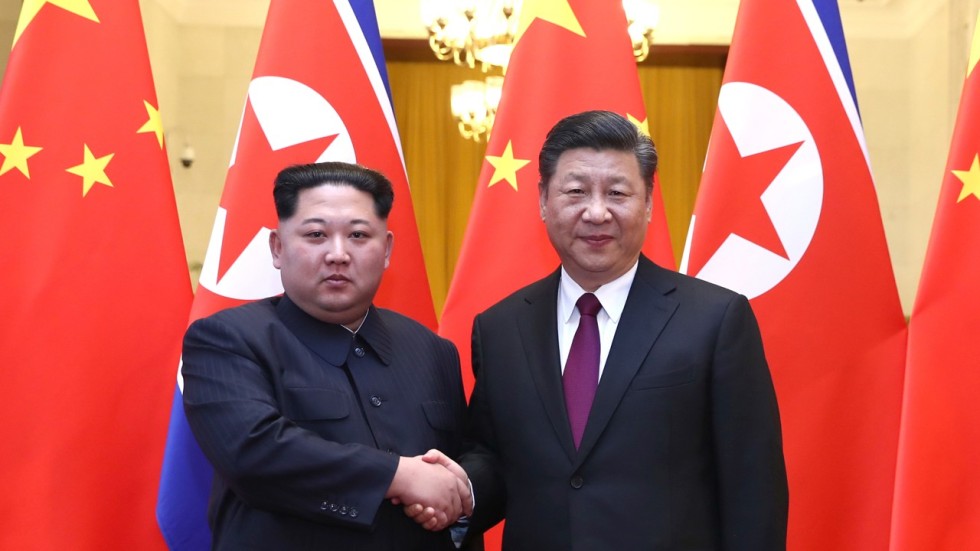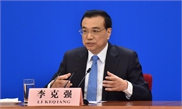Once a darling, tech hub Silicon Valley is under attack for its technologies which are damaging our lives.
ONCE upon a time, there was a beautiful land filled with bright minds and gleaming prospects.
People called it Silicon Valley, and out of it flowed knowledge, ideas and innovations that gave us almost-unthinkable powers to learn, to communicate, to transform our lives into exactly what we wanted them to be. The region’s denizens toiled happily at the cutting edge, and day by day, they were making the world a better place.
But today, this beautiful land is under attack from within and without. The products and services it sends out into the world are being called addictive, divisive and even damaging, raising the cry that instead of making the world better, they are making it worse.
As technology plays a deeper and more pervasive role in nearly every aspect of our lives, the industry that has upended everything from shopping and travel to education and human relationships is facing a backlash the likes of which Silicon Valley has never seen.
Polarising online content and Russian manipulation of social media platforms have fuelled calls from the right and the left for greater regulation of firms like Google, Facebook and Twitter. World wide web inventor Tim Berners-Lee, Republican US Senator John McCain, leftist billionaire George Soros, Salesforce CEO Marc Benioff and conservative Fox News host Tucker Carlson have all joined the chorus demanding the government take action.
Terrific or terrible?
Critics argue that the big tech firms have become too economically dominant, intruded too far into our lives and have too much control over what gets seen and shared online. At the same time, critics contend, those same companies have failed to take responsibility for the misuse of their services by malevolent actors, for the spread of fake news and for the way their platforms and algorithms can be gamed.
Stanford computer science students are protesting Apple, demanding it make less addictive devices.
The #MeToo movement has amplified a debate over sexual harassment and diversity in Silicon Valley. And conservatives have attacked the whole region as a liberal echo chamber that stifles precisely the open debate it claims to embrace.
Thus the backlash.
“What makes it categorically different now is that this is the first time I have seen that people are saying, ‘Hmmm, maybe Silicon Valley needs to be taken down to size,’ said Leslie Berlin, project historian for Stanford University’s Silicon Valley Archives. “This notion that what Silicon Valley represents actually threatens rather than embodies what makes the country great, that is new.”
Berners-Lee in an open letter recently called the tech giants “a new set of gatekeepers” whose platforms can be “weaponised” to widen social rifts and interfere in elections. Benioff told CNBC in January that social media was “addictive” and should be regulated like cigarettes.
Carlson wants Google treated like a public utility because it “shuts down free speech for political reasons”.
Former president Barack Obama, at a February conference at MIT, said social media was Balkanizing public discourse, creating “entirely different realities” that contribute to “gridlock and venom and polarisation in politics”.
Even Facebook has jumped in with an unusual mea culpa, issuing a news release in February admitting it was “far too slow to recognise how bad actors were abusing our platform”.
Raking in the money
Despite its critics, Silicon Valley remains hugely successful and influential, with 21% of employed people working in tech, according to a 2017 Federal Reserve Bank report. Though the region’s economy has shown some signs of slowing, job growth in Silicon Valley has been more than double the national rate since the beginning of the economic recovery in 2010.
And the region remains home to the two most valuable public companies in the world, Apple and Google’s parent firm Alphabet, as well as world-class universities. Every day, people around the world benefit from Silicon Valley-built tools that have transformed communication, opened access to information, and made life easier.
The notion that Silicon Valley’s best days are over is far from new – people have been predicting its demise ever since the advent of the microprocessor, said Berlin.
“It was going to be the oil shocks of the 1970s that were going to take it down, and then competition from Japan, India and China, the Dot Com bust, Y2K – it’s just been one thing after another, the 2008 crash,” Berlin said. “Time and again, Silicon Valley has bounced back from these perceived threats. Silicon Valley has always been sort of the golden child of the Golden State.”
But this time, Berlin and others see something shifting.
“It is unprecedented,” UC Berkeley Haas School of Business professor Abhishek Nagaraj, said of the backlash. “I think this is because of how deeply penetrated tech is in people’s lives.”
Nagaraj, who studies the tech industry, compared the demonisation of Silicon Valley to the outcry against Wall Street after deceptive investment banking practices knocked the United States into the Great Recession.
“It appears as if, basically, tech is the new finance,” Nagaraj said.
Overwhelming force
Increasingly, the public views the tech industry as a force against which they are powerless, said San Jose State University anthropology professor Jan English-Lueck, who researches Silicon Valley’s culture.
“It’s now on people’s radar screen to be a place of the elite, where they’re changing the world in a way that ordinary people don’t have an influence on that change,” EnglishLueck said.
While the devices and social media platforms created by hugely successful Silicon Valley tech firms have given us new ways to connect, they’ve also thrown the worst of human nature into our faces, said English-Lueck.
“You don’t have to look in somebody’s eyes when you’re telling someone something ugly,” English-Lueck said. “That’s really exaggerated people’s ability to hate.”
She believes the optimistic view of technology as the great liberator and connector helped keep major tech firms from building more safeguards into their platforms to prevent vicious online attacks, dissemination of fake news and nation-state intrusions.
“Do we want free speech and free action that’s amplified by the Internet?” she said. “Sometimes we don’t want that.”
Stephen Milligan, CEO of pioneering San Jose data-storage firm Western Digital, doesn’t think technology can solve everything.
But Milligan doesn’t buy the notion that Silicon Valley has lost its bloom. The region’s companies are still trying to solve “real problems” in the world and having a positive impact on people’s lives.
“It’s still cool,” Milligan said. “I actually think it’s more cool.”
Silicon Valley boosters such as Peggy Burke, CEO of Palo Alto branding agency 1185, will tell you the technology industry can fix the problems it creates.
“You have to weigh the good and the bad, and if the bad gets so bad that it outweighs the good, someone will solve for that,” Burke said. “If there’s a problem – traffic, transportation, housing, stopping Russians, fake news – someone in the Valley right now is working on solving for that problem. I’ve been in the Valley for 30 years and I’ve seen it happen over and over.”
A reckoning for the region is likely, but it won’t be a fatal one, Berkeley’s Nagaraj said. The problems arising from technology will exacerbate the ongoing decentralisation of innovation, as boot camps bring entrepreneurial skills to new regions, and clusters of expertise – in “deep learning” artificial intelligence in Toronto, for example – lead to cooperative projects linking the Valley to other areas, he said.
“It’s going to be a much more collaborative process than one of replacement,” he said. “We are moving to a world where not all the big hits come from Silicon Valley.”
Source: By Ethan Baron – The San Jose Mercury News/Tribune News Service
Related News
Related posts:
Goodbye, Silicon Valley
Fintech - disruptive technology
Startup's components of a support system, govt incentives, market access - part 5, 6, 7

The Malaysian world's top performing IFCA Software stock surges 1,300% in Kuala Lumpur!
 BLOCKCHAIN beyond Bitcoin
BLOCKCHAIN beyond Bitcoin
Blockchain is beginning to enter the
spotlight as organisations see uses for it over and above the
cryptocurrency Bitcoin. From combating...







































